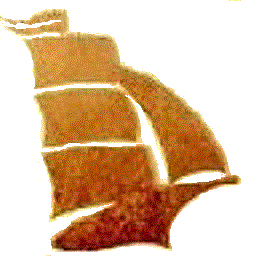Notes on early days of Clipper
Some quotations :
Clipper was originally built in 1985 as a compiler for dBASE III.
Clipper was built by Nantucket Corporation led by Barry ReBell (management) and Brian Russell (technical), and later sold to …
~~~~~~~~~~~~~~~~~~~
Brett Oliver, Jim Warner, Brian Russell, Richard McConnell …
Main architects and primary developers of Clipper and founders of Nantucket Corporation. It was 1984 when
Clipper was born.
~~~~~~~~~~~~~~~~~~~
Clipper Summer’87 Manual, “Credits” page :
~~~~~~~~~~~~~~~~~~~
Clipper 5.0 Manual, “Credits” page :
~~~~~~~~~~~~~~~~~~~
… and 30 years after birth of this phenomenal myth, one (or first) of main builders suddenly appeared : Brett Oliver !
By a comment to one page of this blog :
Not only main starter / builder of Clipper, he is also author of wonderful books :
Clipper Programming: An In-Depth Introduction to Programming
This book also is a myth.
And he told me on request, something on beginning and building story of this great myth;
Brian was working at Ashton-Tate, as was I.
I was in tech support, alongside Brian, and customers that were phoning in kept asking for a compiler.
So I approached Barry for the money to back it. He had a temp agency. I met him in the Ashton-Tate cafeteria.
I recruited Brian at lunch at a Japanese restaurant in Culver city.
Clipper was the first program Brian had written in ‘C’.
He learned C as he programmed Clipper.
I asked him when I was recruiting him if he had ever written a compiler.
He said he had written a Pascal compiler in university. (He later admitted that it had never worked!).
The first development office was a beach house in Malibu.
Tom Rettig was the editor for dNEWS at Ashton-Tate. I took over as editor of dNEWS.
I was the first VP of sales, and one of my employees was Mary Beth. I introduced her to Brian and later they married.
At the first Comdex in Vegas, Brian was upstairs in his room – coding.
He got one command to work – paint a dot on the screen. We demonstrated that one command, and showed that we could draw a box 20 times faster than dBASE.
I wrote a couple of books on Clipper, and was also on the dBASE for Windows development team at Borland.
I worked with Tom at his condo in Santa Monica for a time. Too bad he died.
Barry died in 2009.
Brian and I went dirt biking together. He loaned me his street bike for a couple of months when my car was getting fixed. He is a good guy. I think he is working in LA.
We live in San Diego, – my wife is from Liechtenstein. We have three boys.
I am Scottish. Currently programming in eCommerce.
Anyway, nice chatting.
Stay in touch.
I wish he will write more …


